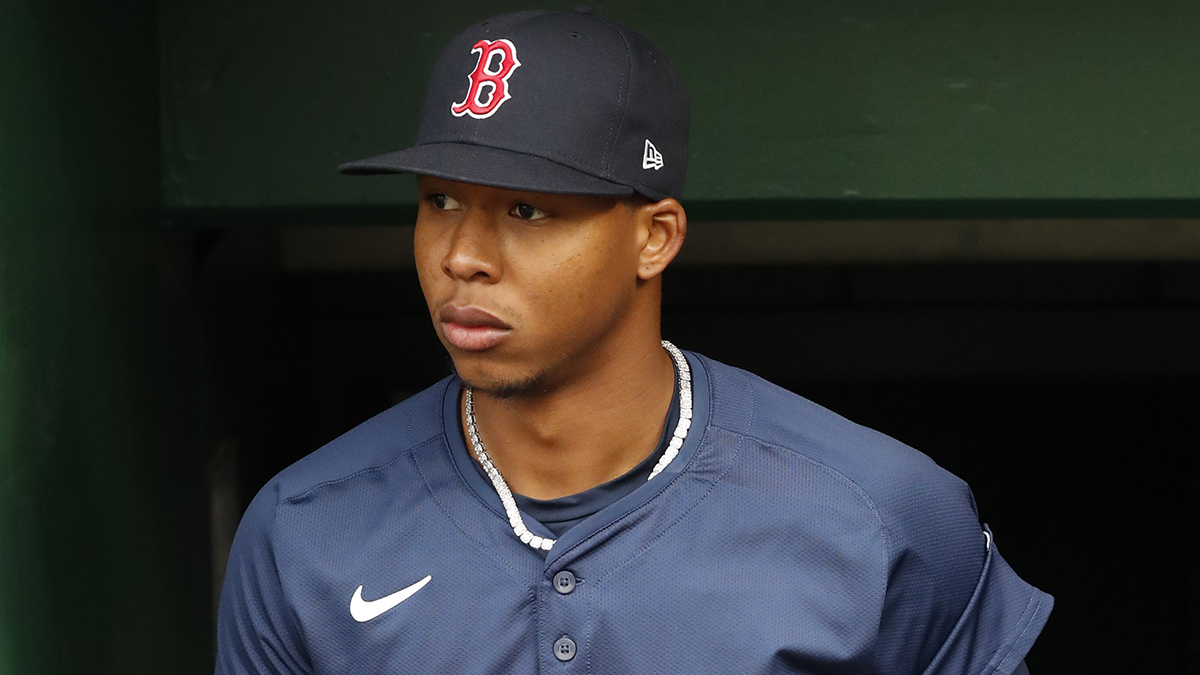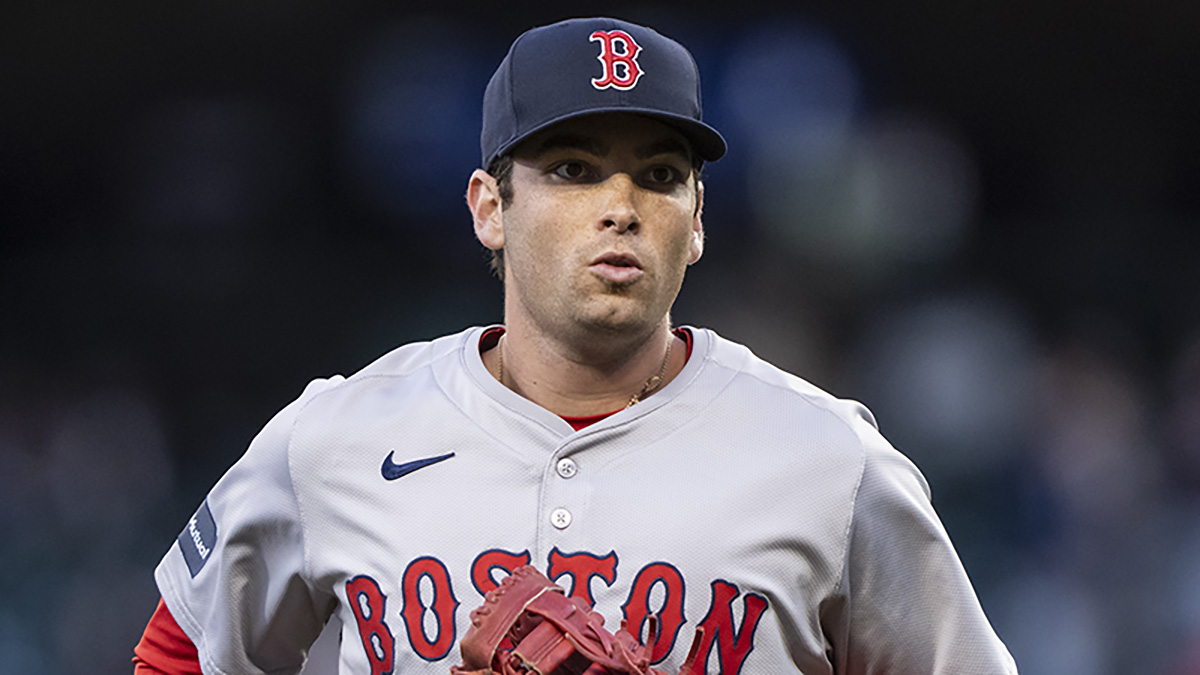
Monday was the Red Sox' 14th win in a one-run ballgame, putting them at an even .500 in those contests.
That puts them in the middle of all Major League teams, tied at 14th with the Chicago Cubs (16-16) -- who have the best overall record in all of baseball -- and the Seattle Mariners (21-21).
The Sox and Mariners are also tied for seventh in the American League in this category.
Additionally, Boston's record in those games is better than both the Cleveland Indians (15-16) and the Toronto Blue Jays (13-20), who sit atop their respective divisions.
While this Red Sox team seems maddening in close games -- with a special thanks to Fernando Abad and Craig Kimbrel on Monday against the Indians -- they’re actually just an average team.
And clearly you don’t need to be a top-flight team in one-run games, given half the divisional leaders in baseball are .500 or worse in those games. Not to mention the Orioles aren’t much better than Boston either at 14-13.
Which beckons the question, “If that’s not the issue, what is?”
Boston Red Sox
Simply put: when it rains, it pours with this offense.
While the starting pitchers have stabilized themselves to the point that even their bad games are competitive, Boston’s offense has become the less consistent component between the two.
That doesn’t mean the Sox aren’t bound by the success of the offense -- quite the contrary.
All it means is the majestic Red Sox offense has come down to Earth, which is why their MLB third-best plus-104 run differential -- tied with Cleveland -- is not an optimal stat when discussing this team.
It’s too broad.
Consider this -- they outscored the Diamondbacks, A’s and Twins by 71 runs.
That only puts them at plus-33 against the rest of the league.
Not a comforting separation.
And while these aren’t as wide of margins, the Red Sox outscored the abysmal Braves by 11 runs and the Astros -- who were not the same team they are now -- by 12 runs.
If you look past those 24 cupcake games, of which the Sox won 18 (a .750 winning percentage), that plus-104 run differential drops down to plus-10 in the remaining 93 . . . in which their record is 47-46 (.505).
Although you need to take care of business against those teams -- of which the Sox went 18-6 -- there’s something to be said about how skewed their run differential stat is.
Especially when 202 of your 643 runs came in 24 games against bottom-of-the-barrel teams (the Astros had a .385 winning percentage after their final game against Boston).
The Red Sox averaged 8.42 runs per game in those 24, versus 4.74 in the other 93.
They’ve been a very different team against the rest of the league.
Looking at their matchups against teams currently first in their respective divisions -- Texas, Toronto, Baltimore, Cleveland and San Francisco -- Boston has a plus-12 run differential and a 20-19 record.
Now you expect to have a tougher time against playoff-quality teams -- and the Red Sox are still positive against those teams.
However, the narrative still runs true: The offense pounds bad teams, but isn’t going to blow away the best teams.
Which further adds to the importance of not only the remaining road-heavy schedule, but also which teams are on that schedule.
In its remaining 14 series, Boston has eight against legitimate contenders -- including the Yankees, whether you believe they deserve that billing or not.
The remaining six consist of one with the reigning World Series Champion Kansas City Royals and three with the ever-pesky Rays.
The only two easy ones are against San Diego and Oakland.
This is where everyone finds out what the 2016 Boston Red Sox are -- playoff contenders or just a relentless bunch of bullies picking on bad teams.


